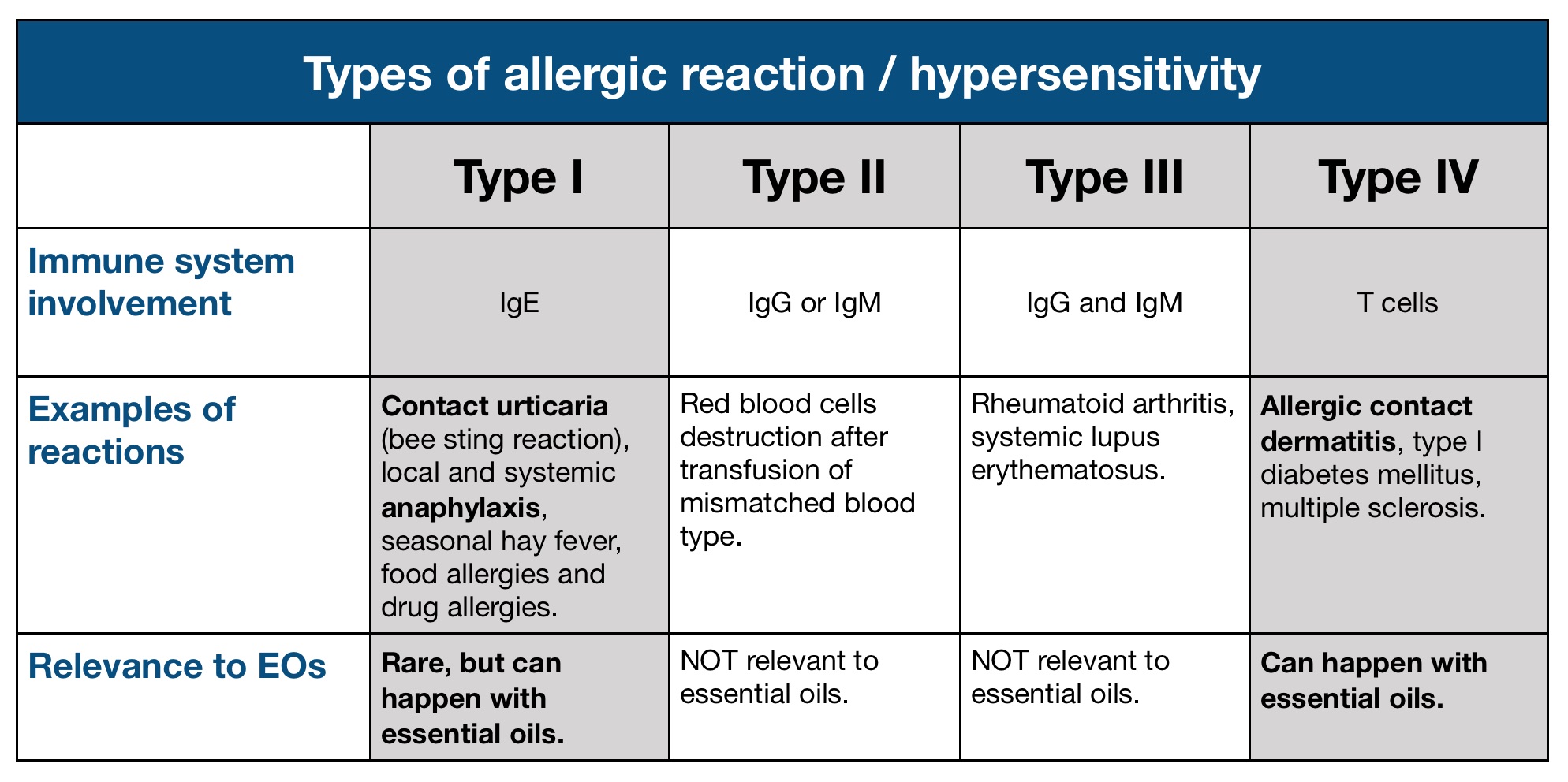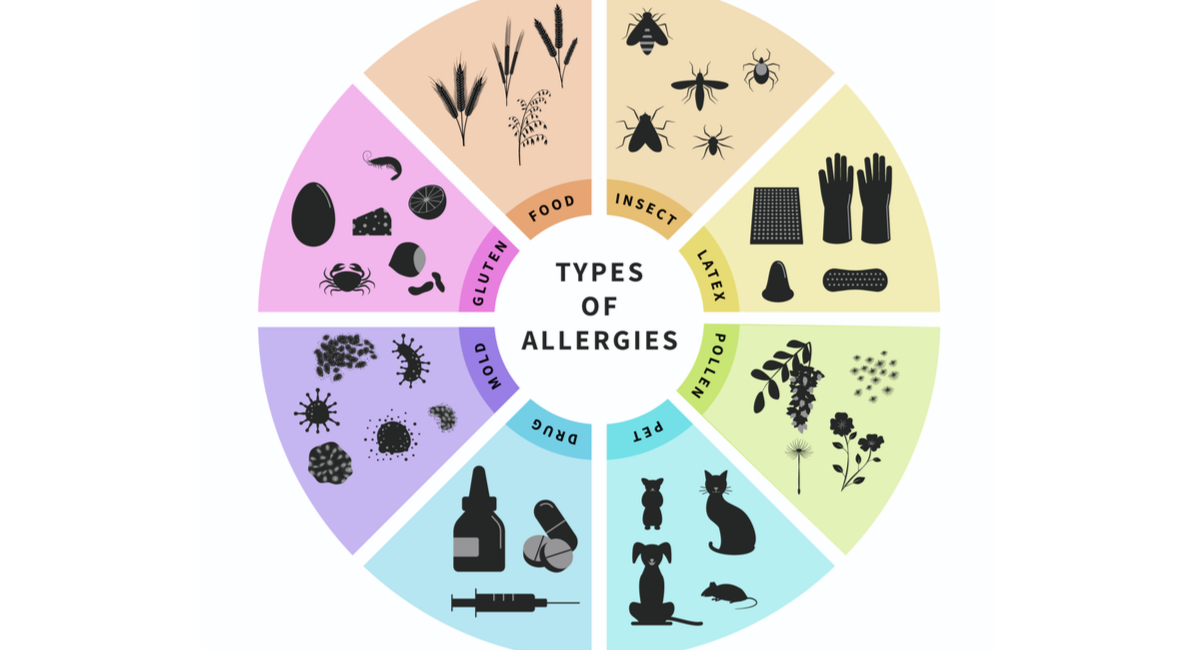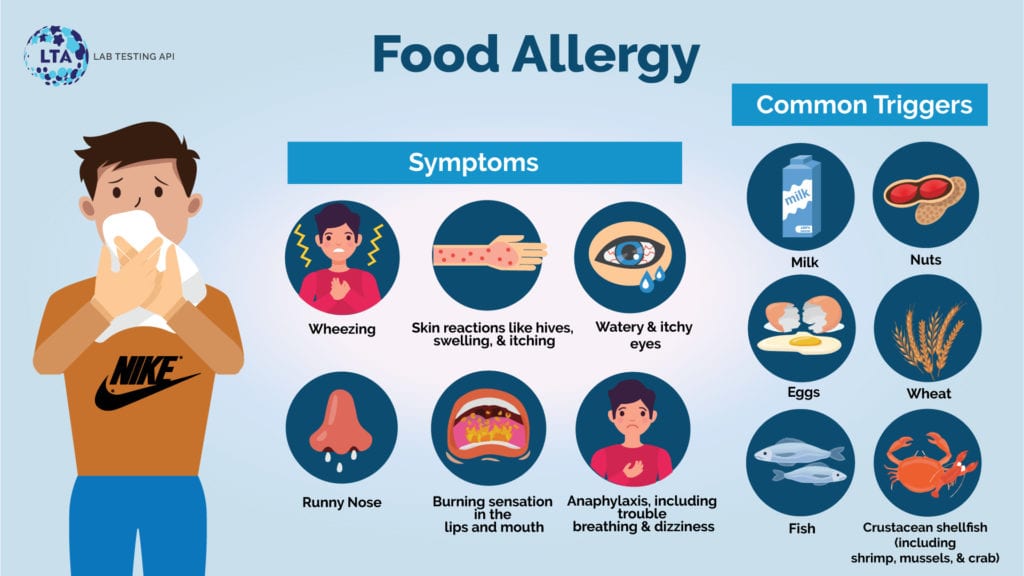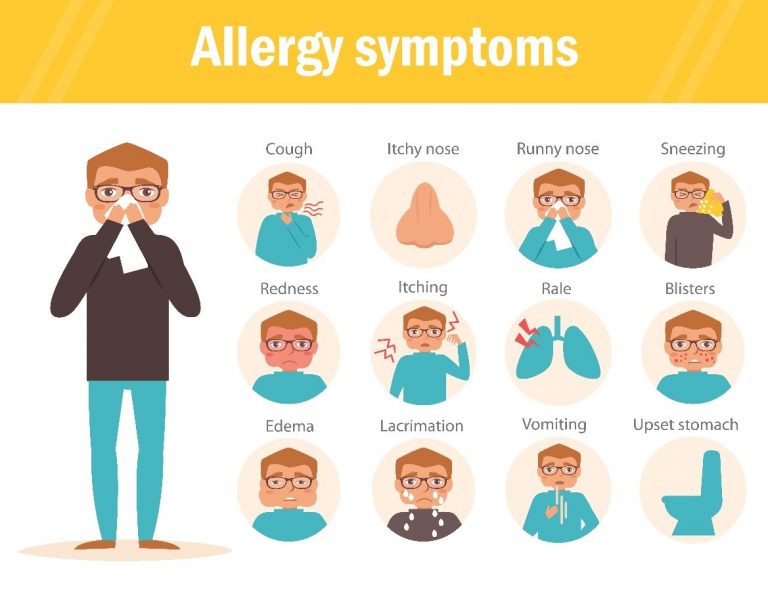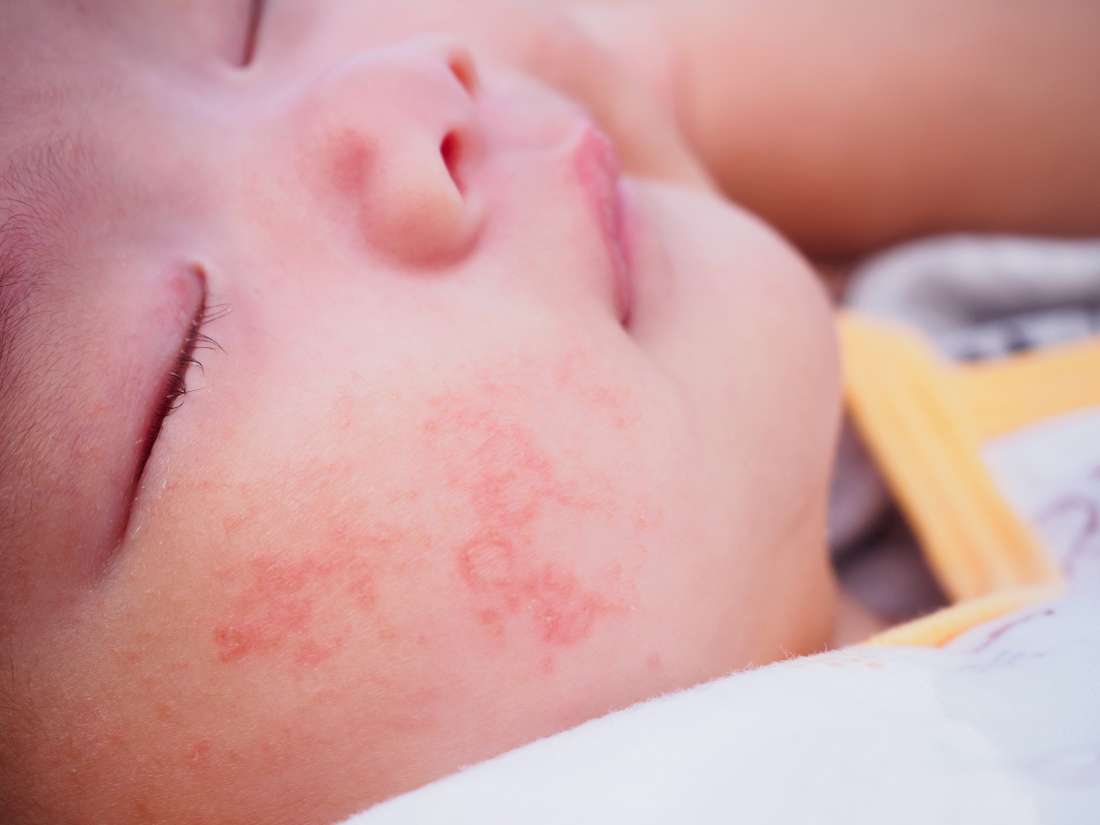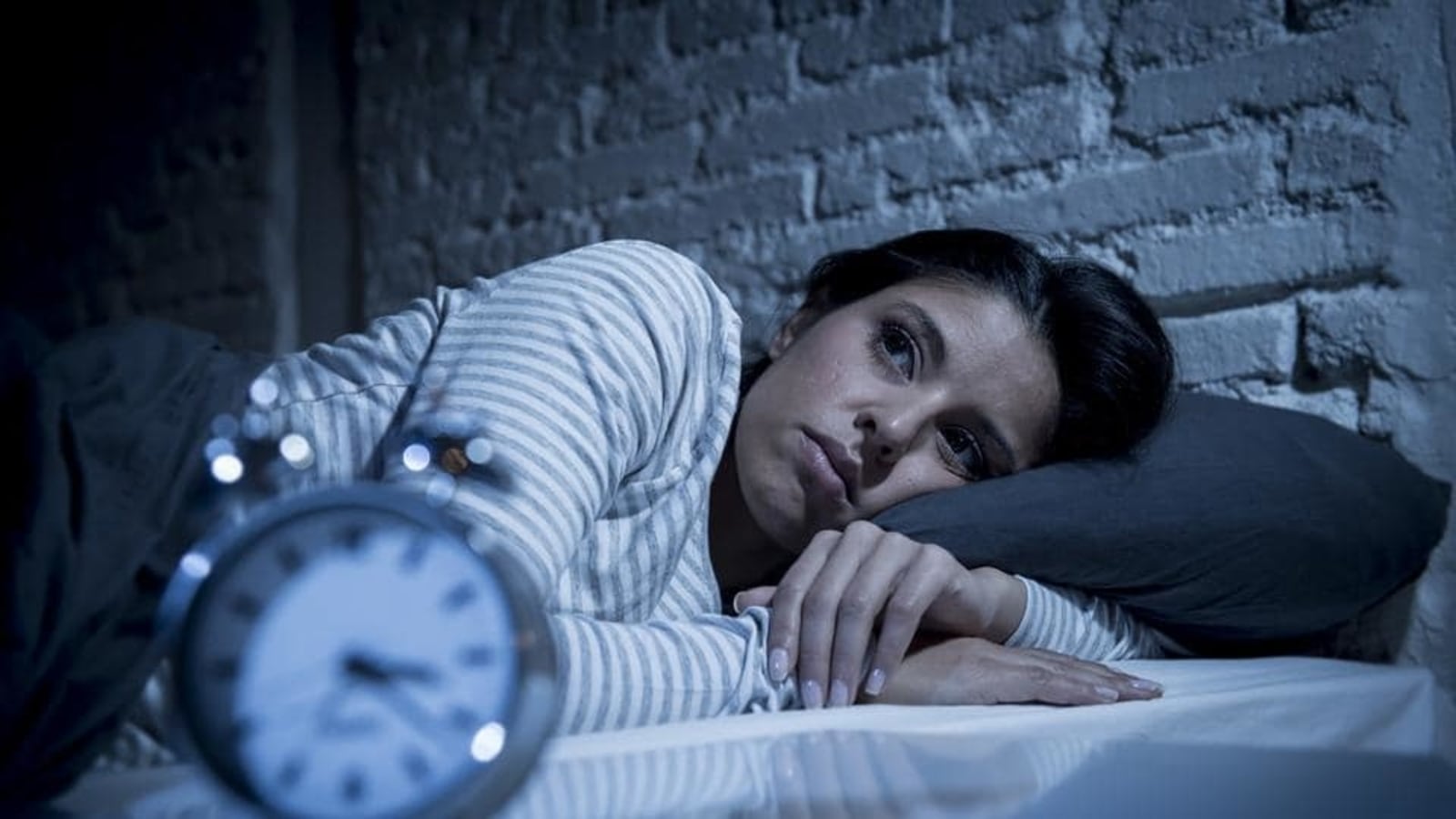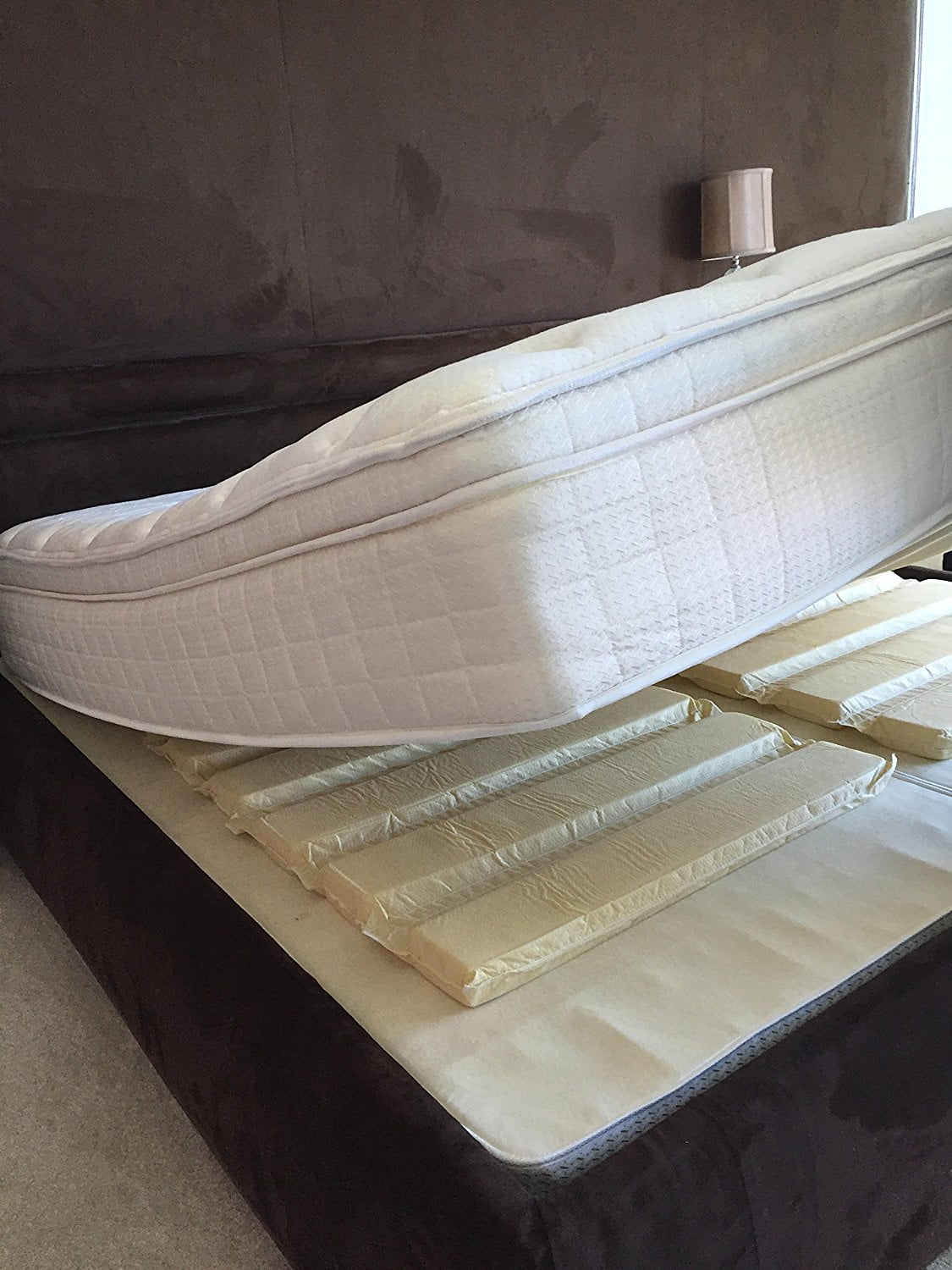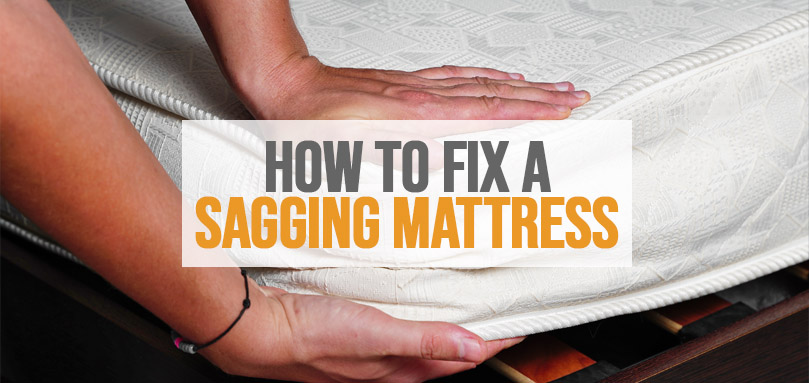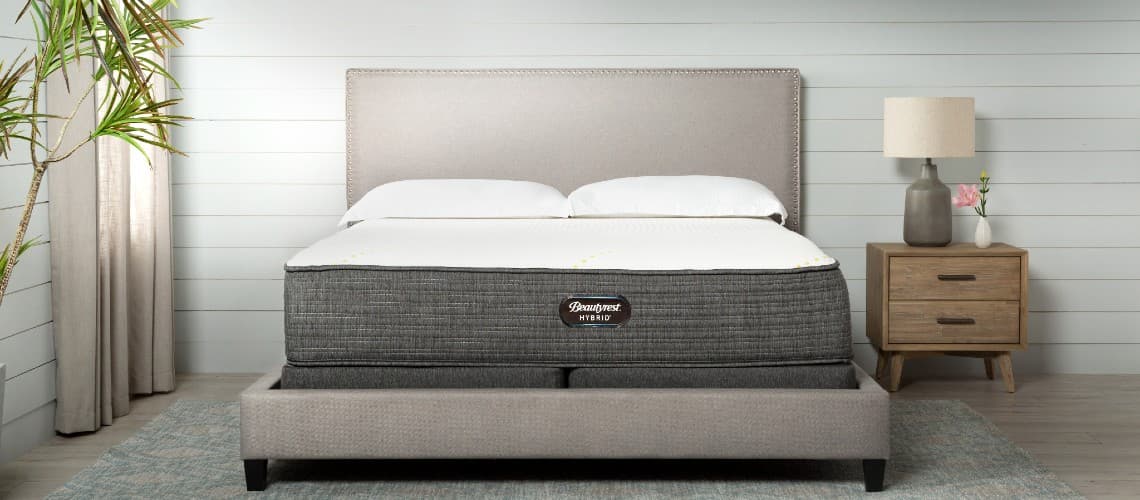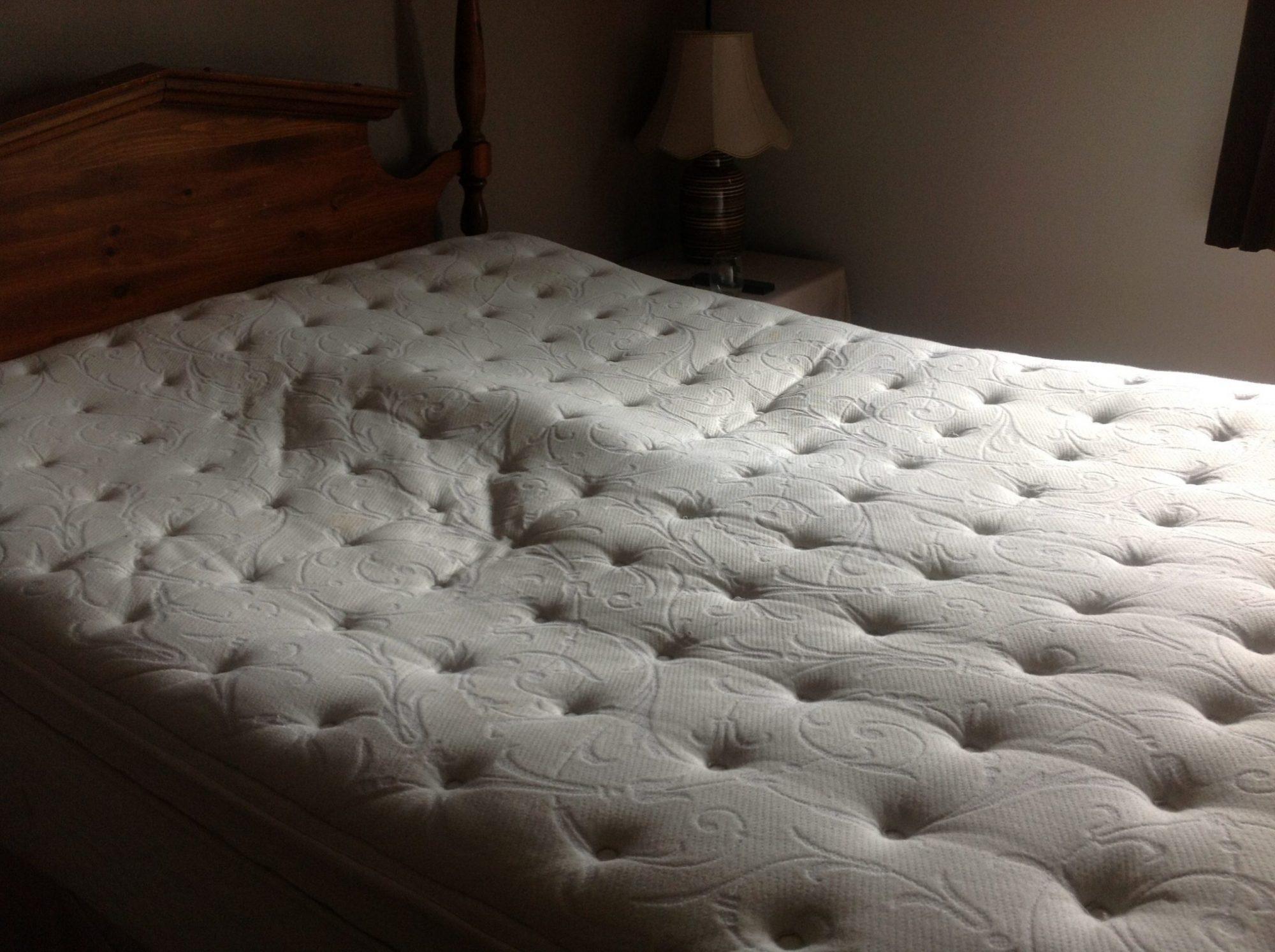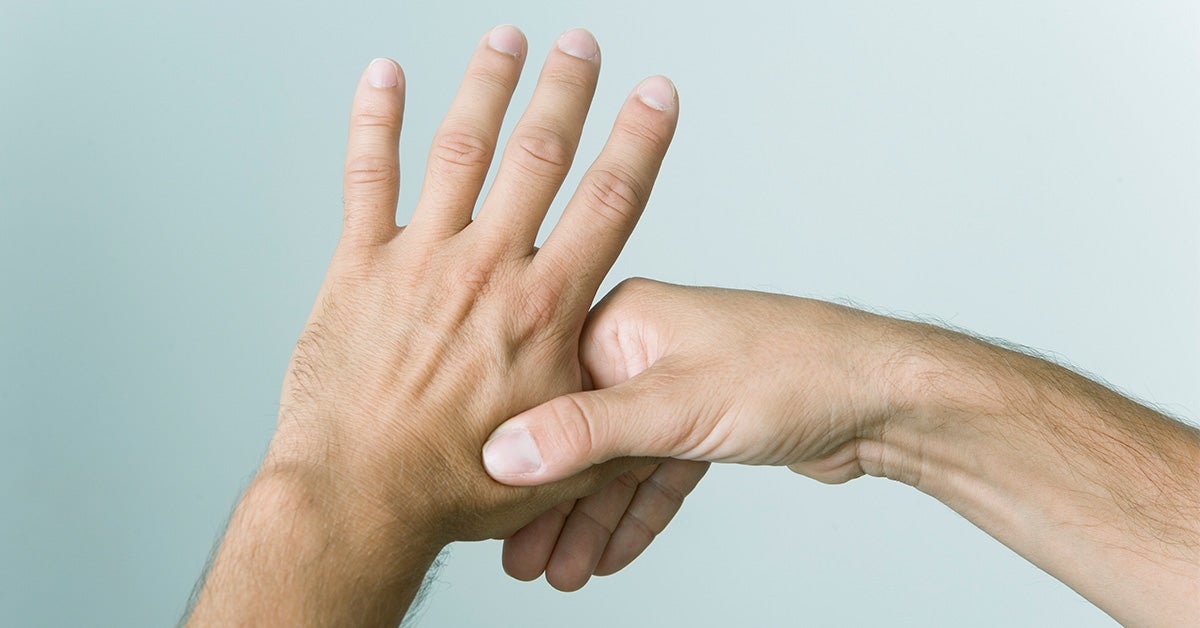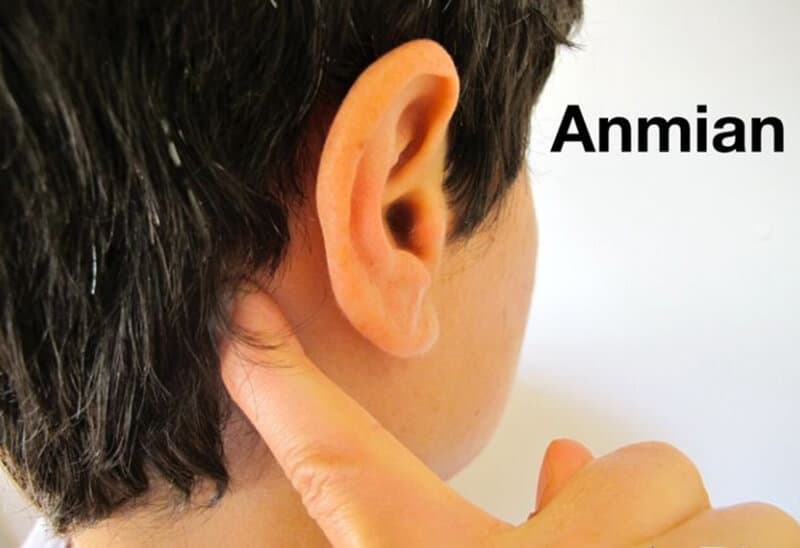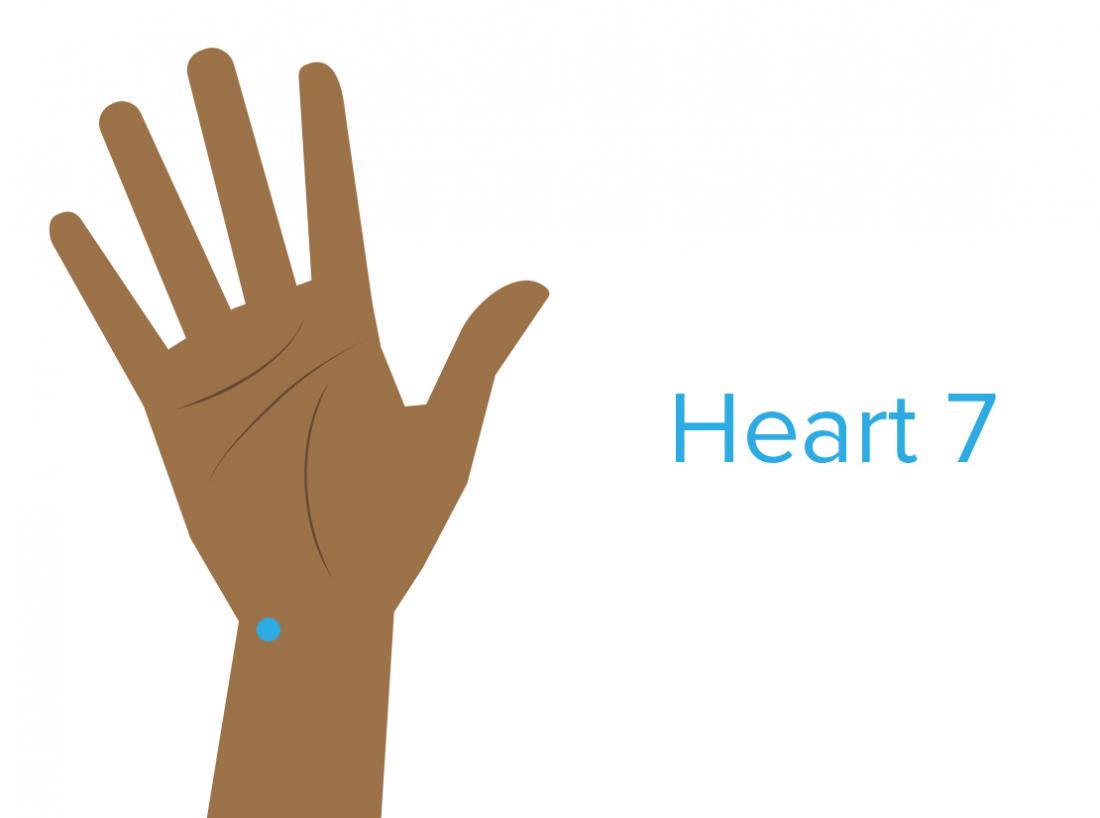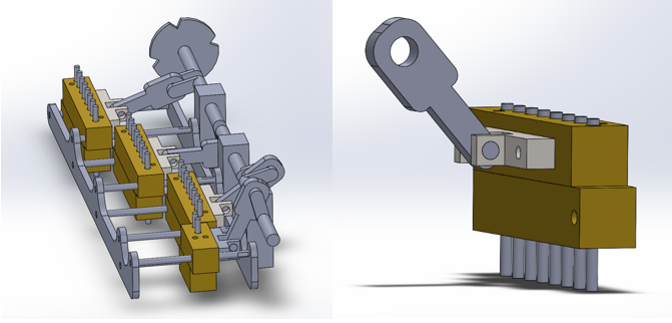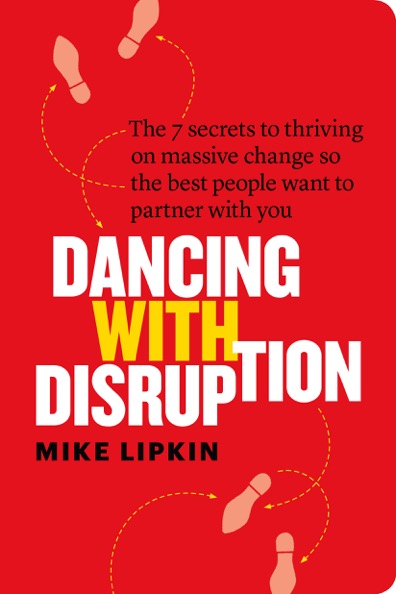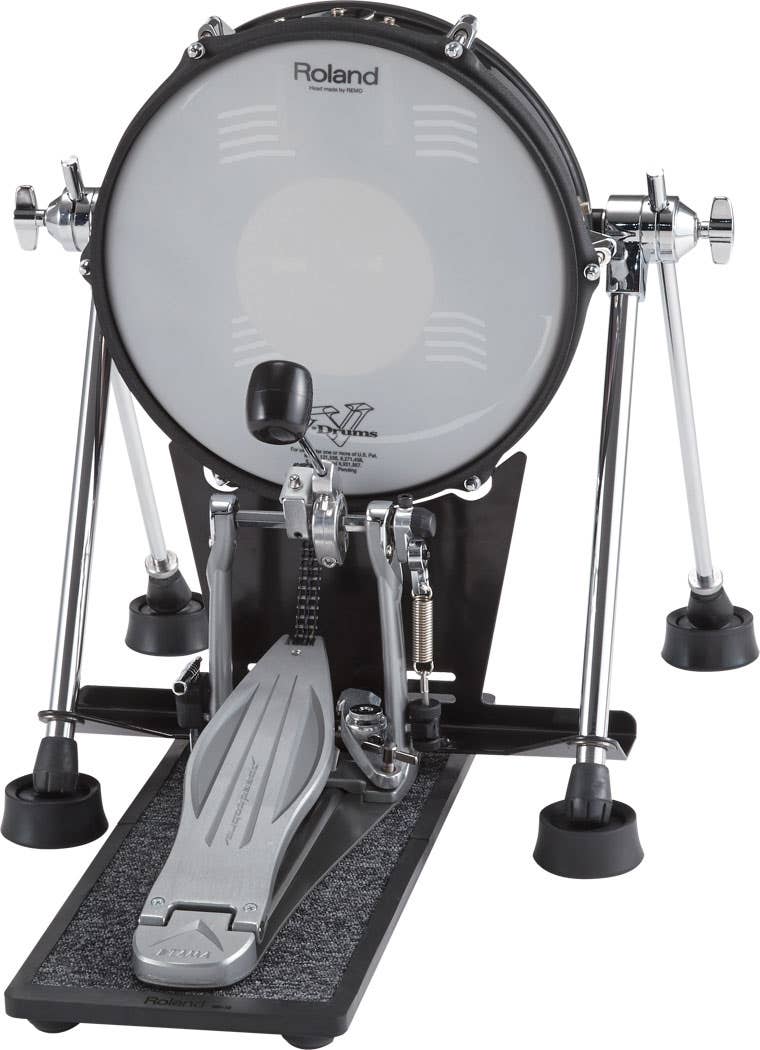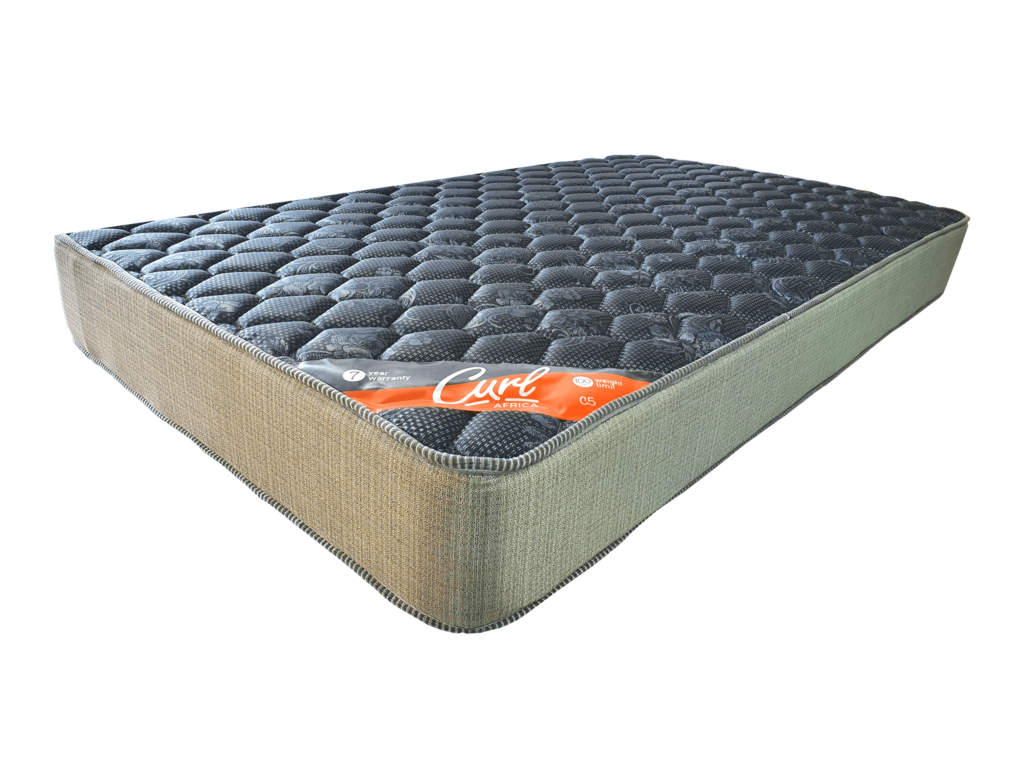1. Back Pain
One of the most common side effects of using a spring mattress is back pain. The lack of support and pressure points created by the springs can lead to discomfort and pain in the lower back. This is especially true for those who have existing back issues or conditions such as scoliosis. The uneven distribution of weight can cause strain on the muscles and spine, leading to chronic back pain.
2. Neck Pain
Similar to back pain, a spring mattress can also cause neck pain due to the lack of support. The neck is a delicate part of the body and needs proper support to maintain its natural alignment. However, with a spring mattress, the head and neck can sink into the mattress, causing strain and discomfort. This can lead to stiffness and pain in the neck, making it difficult to get a good night's sleep.
3. Shoulder Pain
Another potential side effect of using a spring mattress is shoulder pain. The springs in the mattress can create pressure points on the shoulders, especially for side sleepers. This can result in discomfort and pain, making it difficult to find a comfortable sleeping position. Over time, this can lead to chronic shoulder pain and even affect your daily activities.
4. Allergies
Spring mattresses can also be a breeding ground for allergens such as dust mites, mold, and mildew. The coils and padding in the mattress can trap moisture and provide the perfect environment for these allergens to thrive. This can lead to allergic reactions, respiratory issues, and disrupt your sleep. Regular cleaning and maintenance can help reduce the risk of allergies, but it may not eliminate the problem entirely.
5. Poor Sleep Quality
Due to the lack of support and discomfort caused by spring mattresses, it can also lead to poor sleep quality. This can be due to frequent tossing and turning to find a comfortable position or waking up feeling sore and unrested. Poor sleep quality can have negative impacts on your overall health and well-being, affecting your mood, energy levels, and cognitive function.
6. Sagging Mattress
Over time, spring mattresses can start to sag, especially in the areas where you sleep. This is due to the constant pressure and weight placed on the springs, causing them to lose their shape and support. A sagging mattress can lead to further discomfort and pain, as well as disrupt your sleep. It can also affect the overall lifespan of your mattress and require you to replace it sooner than expected.
7. Pressure Points
The coils in a spring mattress can create pressure points on your body, especially on your hips, shoulders, and knees. This can lead to discomfort and pain, making it difficult to find a comfortable sleeping position. Over time, these pressure points can also lead to chronic pain and affect your daily activities. It is essential to have proper support and cushioning to prevent pressure points from forming.
8. Motion Transfer
One of the biggest complaints about spring mattresses is the motion transfer. This is when movement on one side of the bed can be felt on the other side, causing disruptions in sleep for both partners. The springs in the mattress can create a bouncy and unstable surface, making it difficult to get a restful sleep. This can be especially problematic for couples who have different sleep patterns.
9. Chemical Odors
Many spring mattresses are made with synthetic materials and chemicals, which can emit strong odors. These chemical odors can be unpleasant and even harmful to your health. The off-gassing of these chemicals can also affect the air quality in your bedroom, leading to respiratory issues and allergies. It is essential to choose a mattress made with non-toxic and natural materials.
10. Noise Disruption
Finally, spring mattresses can also be noisy, especially as they age. The springs can start to squeak and creak with movement, causing disruptions in sleep. This can be frustrating and even embarrassing, especially if you have a partner who is a light sleeper. It is important to regularly maintain and replace your spring mattress to minimize noise disruption.
Overall, while spring mattresses may be a popular and affordable option, they come with several potential side effects that can affect your sleep and overall health. It is essential to consider these factors and invest in a high-quality mattress that provides proper support and comfort for a restful and rejuvenating sleep.
Why You Should Consider Alternatives to Spring Mattresses

The Main Keyword: Spring Mattress Side Effects
 Spring mattresses have long been a popular choice for many households due to their affordability and availability. However, what many people fail to realize are the potential side effects that come with sleeping on a spring mattress. While these mattresses may seem comfortable and supportive at first, the long-term effects on your health and well-being may surprise you. In this article, we will explore the side effects of spring mattresses and why you should consider alternative options.
Spring mattresses have long been a popular choice for many households due to their affordability and availability. However, what many people fail to realize are the potential side effects that come with sleeping on a spring mattress. While these mattresses may seem comfortable and supportive at first, the long-term effects on your health and well-being may surprise you. In this article, we will explore the side effects of spring mattresses and why you should consider alternative options.
The Impact on Your Health
 One of the main concerns with spring mattresses is their effect on your health. The springs in these mattresses can create pressure points on your body, leading to discomfort and pain. This can result in poor sleep quality, which can have a domino effect on your overall health. Furthermore, the coils in spring mattresses can also trap heat, making you feel hot and uncomfortable throughout the night. This can disrupt your sleep and leave you feeling fatigued and irritable the next day.
One of the main concerns with spring mattresses is their effect on your health. The springs in these mattresses can create pressure points on your body, leading to discomfort and pain. This can result in poor sleep quality, which can have a domino effect on your overall health. Furthermore, the coils in spring mattresses can also trap heat, making you feel hot and uncomfortable throughout the night. This can disrupt your sleep and leave you feeling fatigued and irritable the next day.
Unwanted Allergens and Chemicals
 Another issue with spring mattresses is the potential for exposure to unwanted allergens and chemicals. The materials used in these mattresses, such as foam and fabric, can be a breeding ground for dust mites, mold, and other allergens. This can be especially problematic for those with allergies or respiratory conditions. Additionally, many spring mattresses are made with synthetic materials that can emit harmful chemicals, such as formaldehyde, which can be detrimental to your health.
Another issue with spring mattresses is the potential for exposure to unwanted allergens and chemicals. The materials used in these mattresses, such as foam and fabric, can be a breeding ground for dust mites, mold, and other allergens. This can be especially problematic for those with allergies or respiratory conditions. Additionally, many spring mattresses are made with synthetic materials that can emit harmful chemicals, such as formaldehyde, which can be detrimental to your health.
Alternatives to Consider
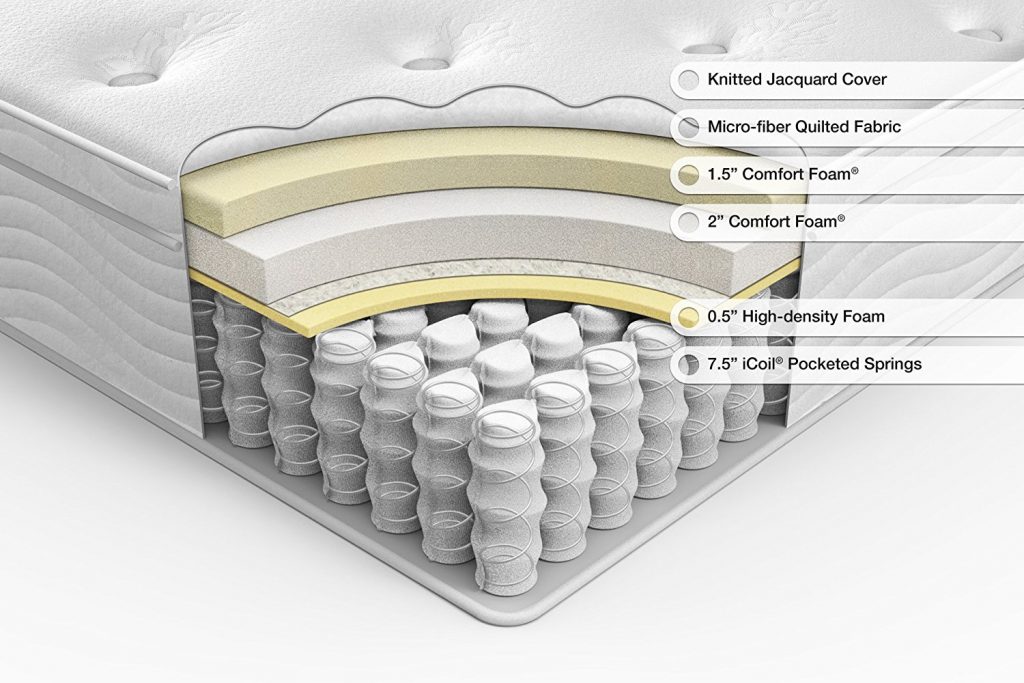 Thankfully, there are alternatives to spring mattresses that can provide a more comfortable and healthy sleep environment. Natural latex mattresses, for example, are made from organic materials and are hypoallergenic, making them a great option for those with allergies. Memory foam mattresses are also a popular choice, as they conform to your body and provide pressure relief without the use of springs. Additionally, these mattresses are known for their motion isolation, making them a great option for couples.
In conclusion, while spring mattresses may seem like a budget-friendly and convenient option, the potential side effects on your health and exposure to allergens and chemicals should not be taken lightly. Consider exploring alternative mattress options that prioritize your comfort and well-being. Your body will thank you for it in the long run.
Thankfully, there are alternatives to spring mattresses that can provide a more comfortable and healthy sleep environment. Natural latex mattresses, for example, are made from organic materials and are hypoallergenic, making them a great option for those with allergies. Memory foam mattresses are also a popular choice, as they conform to your body and provide pressure relief without the use of springs. Additionally, these mattresses are known for their motion isolation, making them a great option for couples.
In conclusion, while spring mattresses may seem like a budget-friendly and convenient option, the potential side effects on your health and exposure to allergens and chemicals should not be taken lightly. Consider exploring alternative mattress options that prioritize your comfort and well-being. Your body will thank you for it in the long run.











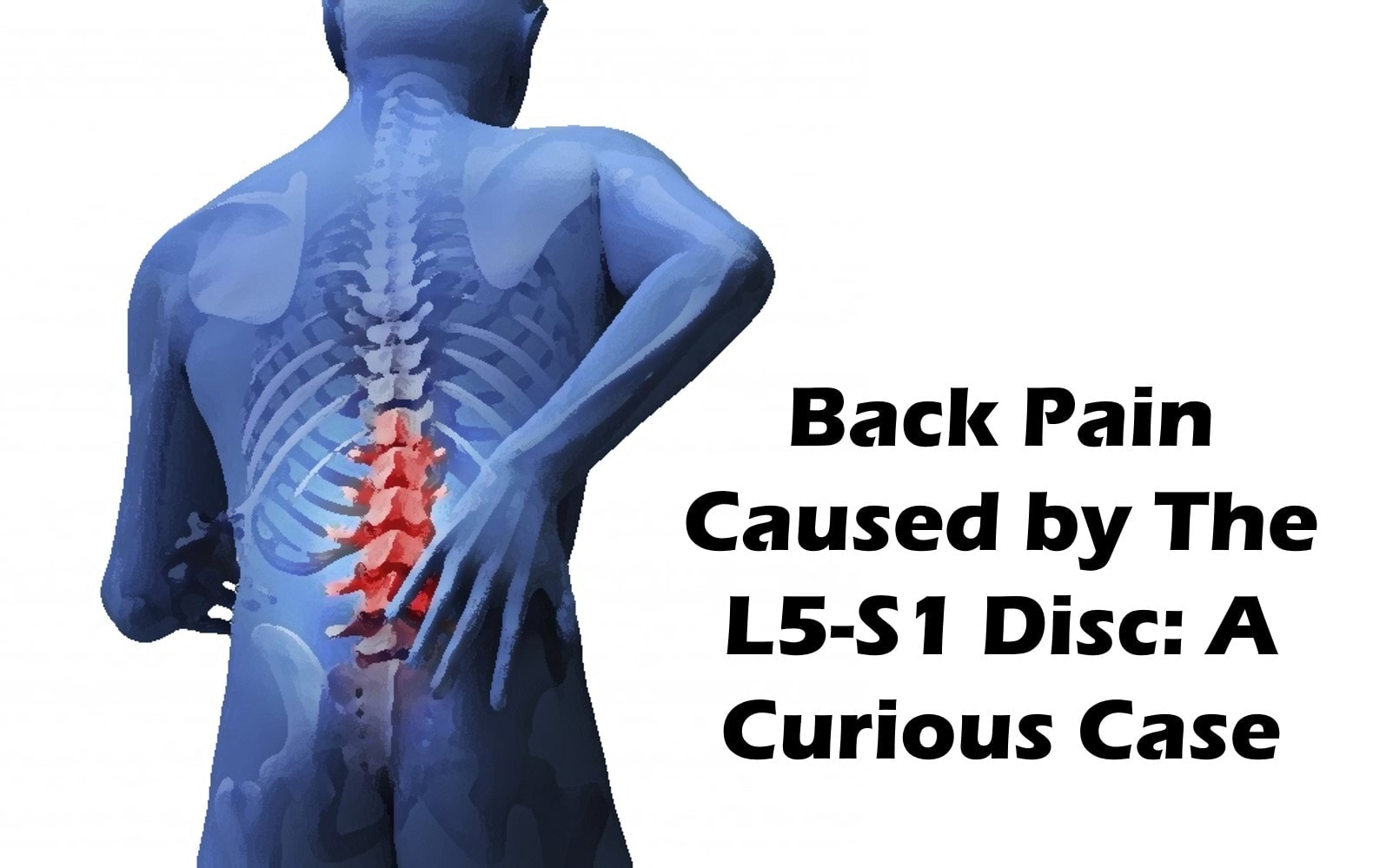






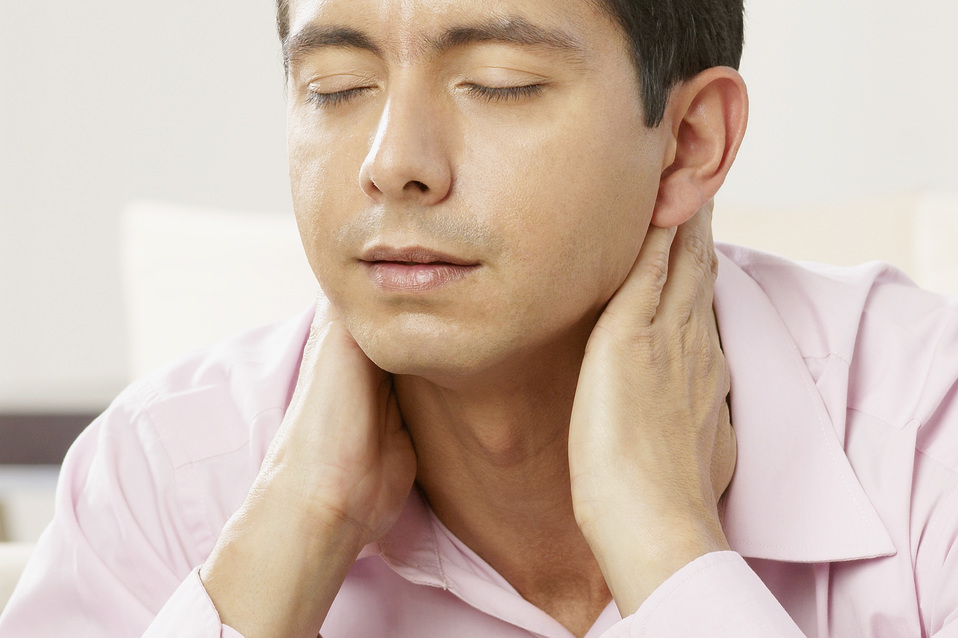

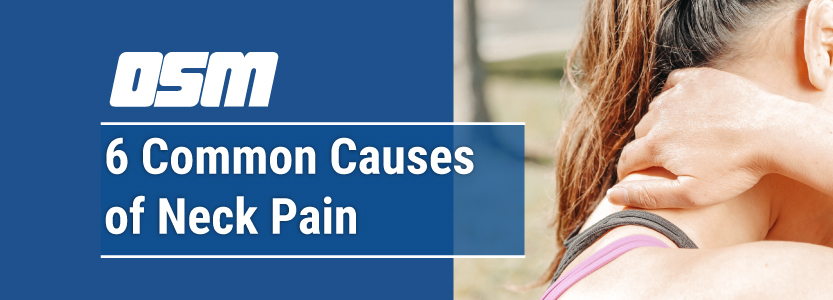

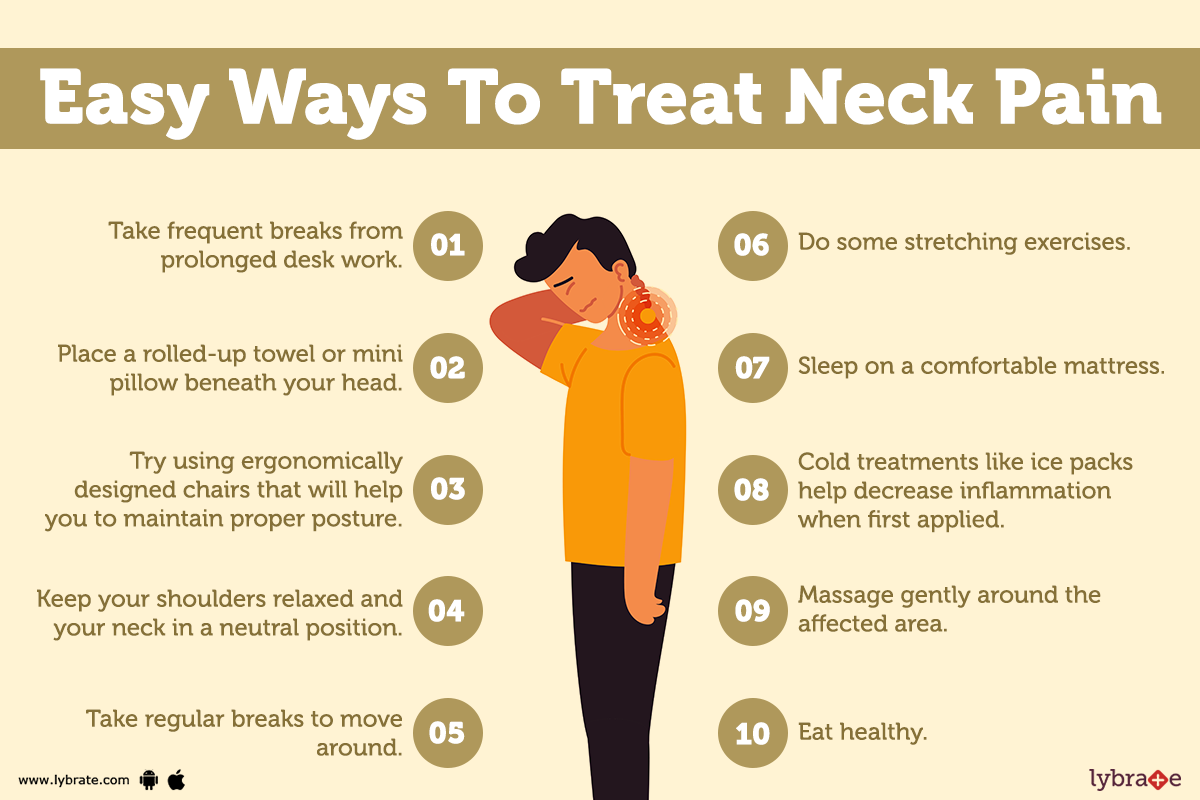








:max_bytes(150000):strip_icc()/shoulder_pain_medreview-01-5c3b9f8546e0fb0001bdeaaa-d0a4923b7a3d441fb12d992c454a8ca7.png)




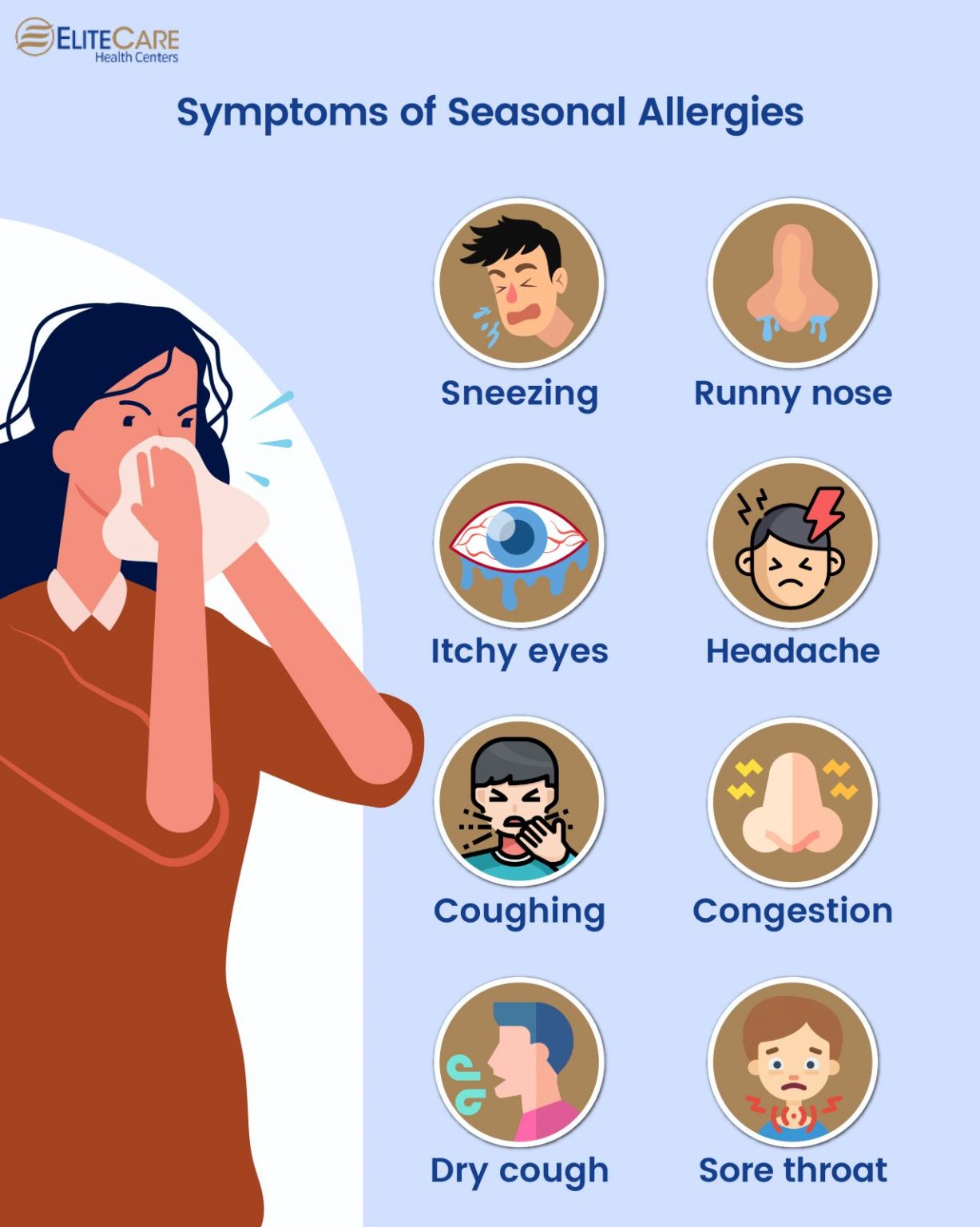


:max_bytes(150000):strip_icc()/VWH_Illustration_Allergen-Types-and-Triggers_Illustrator_Sydney-Saporito_Final-00bb7f7393d6436e9dc347e85a0ec0b3.jpg)

